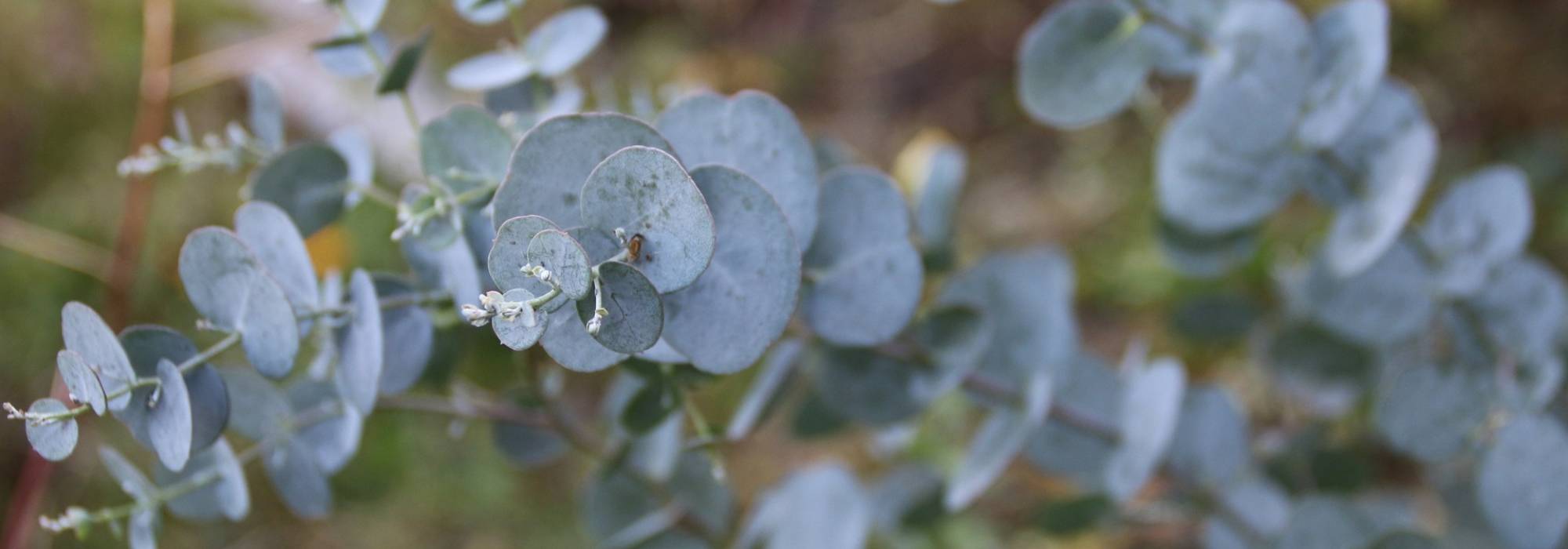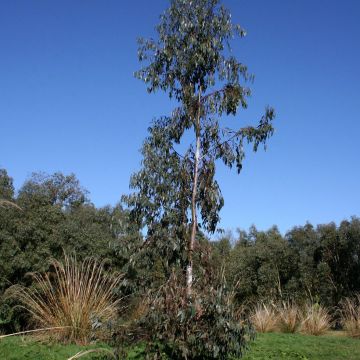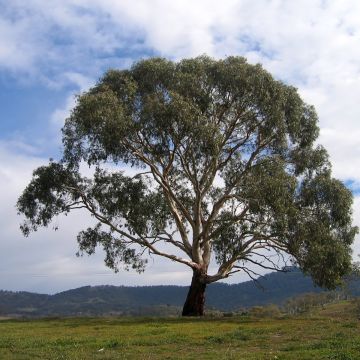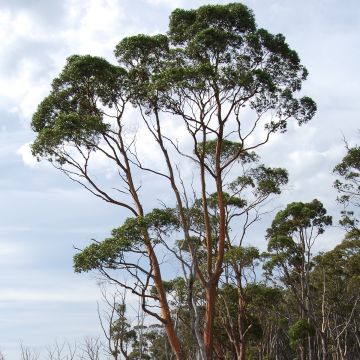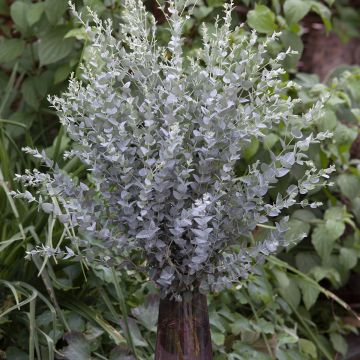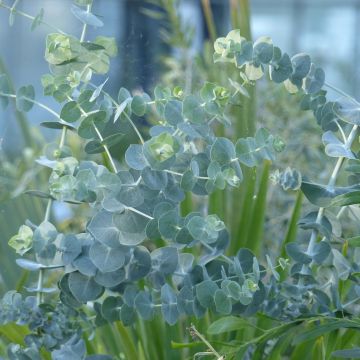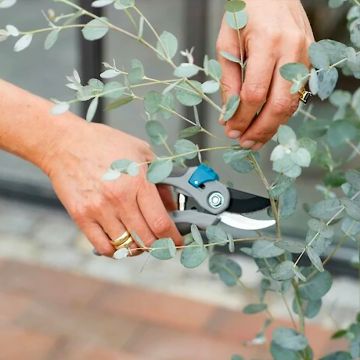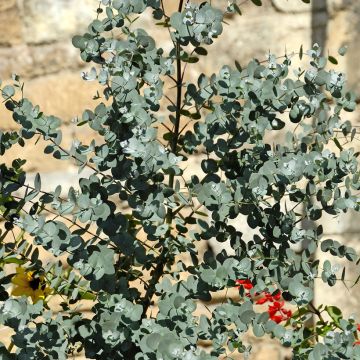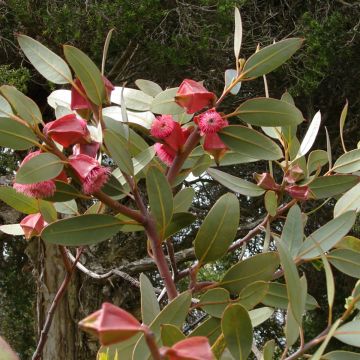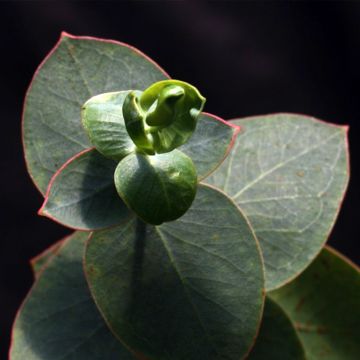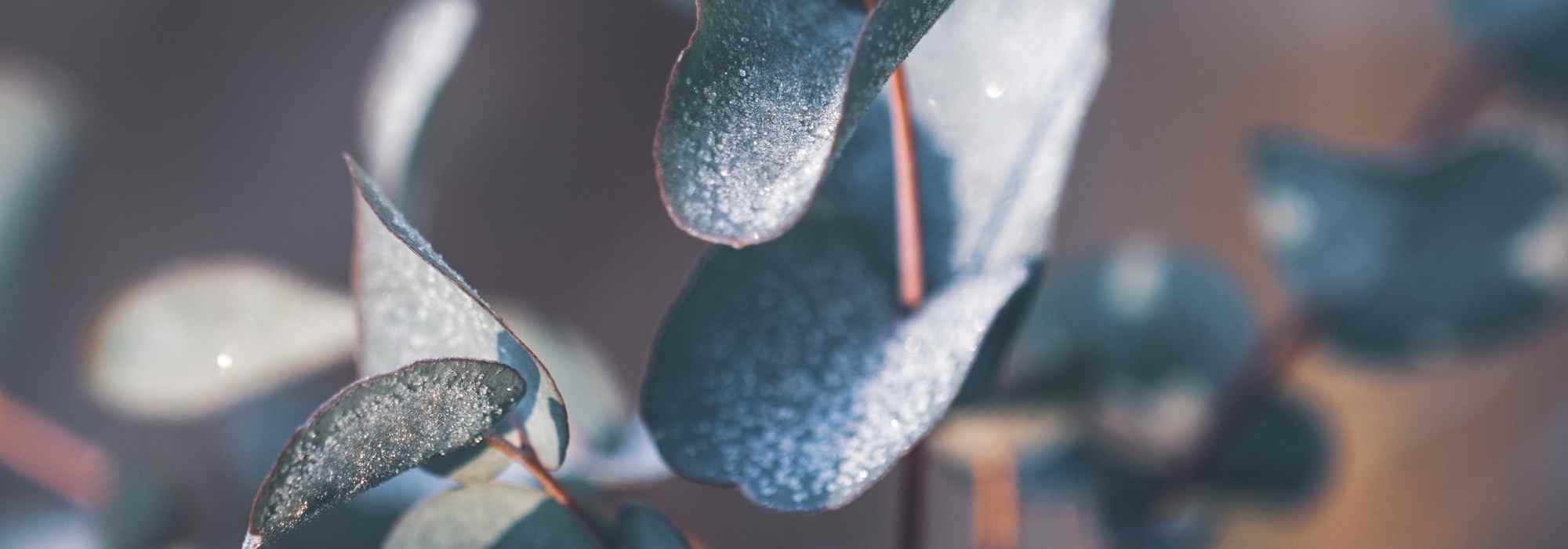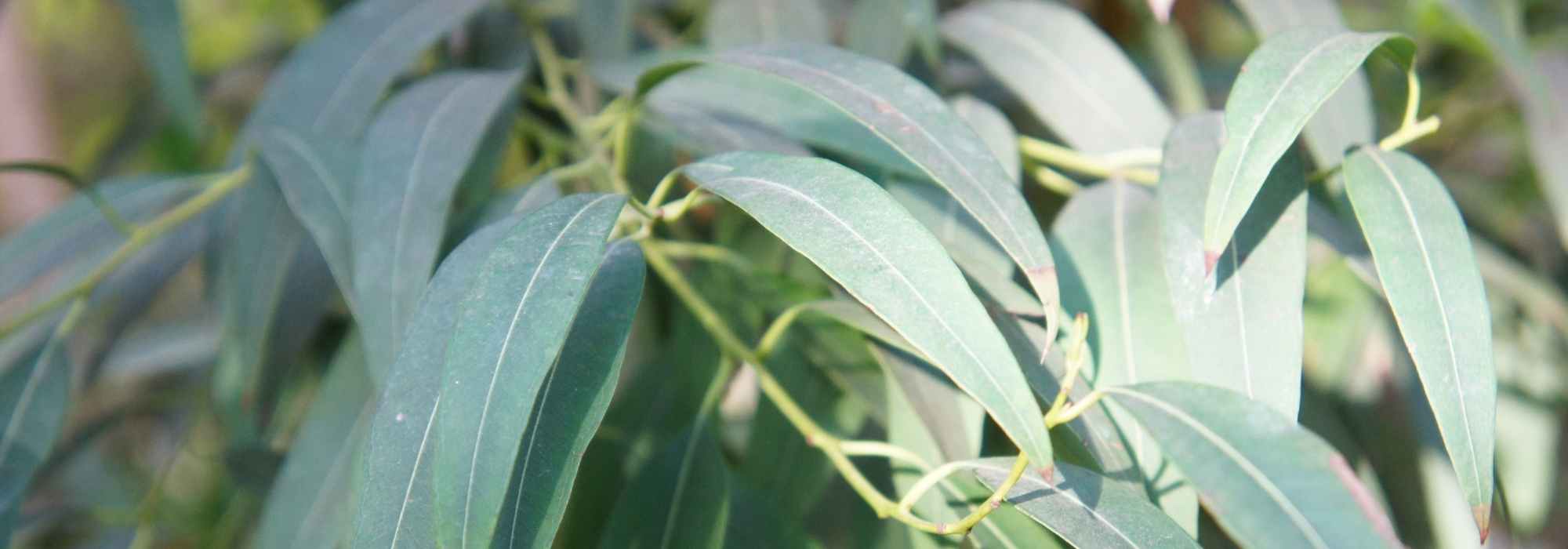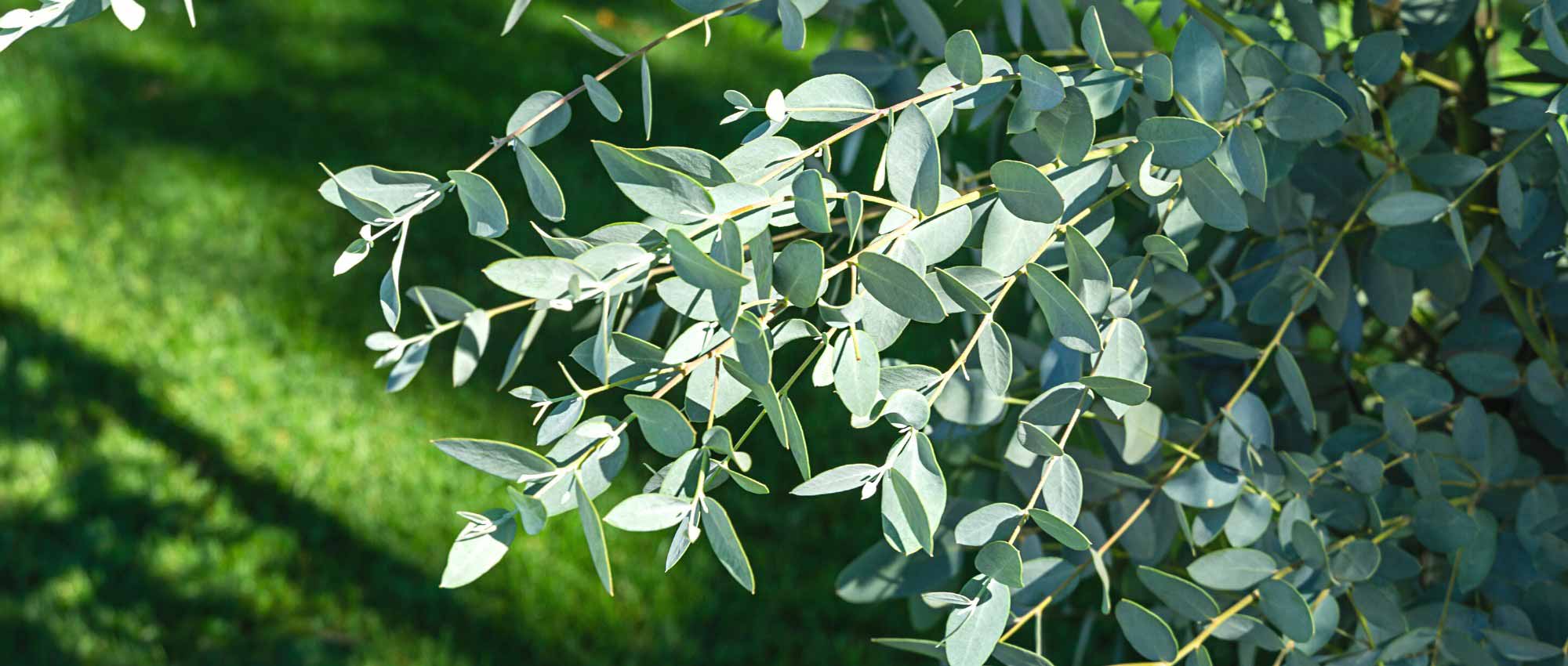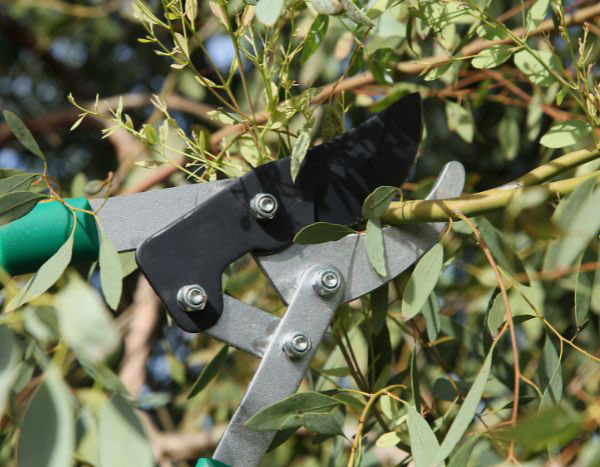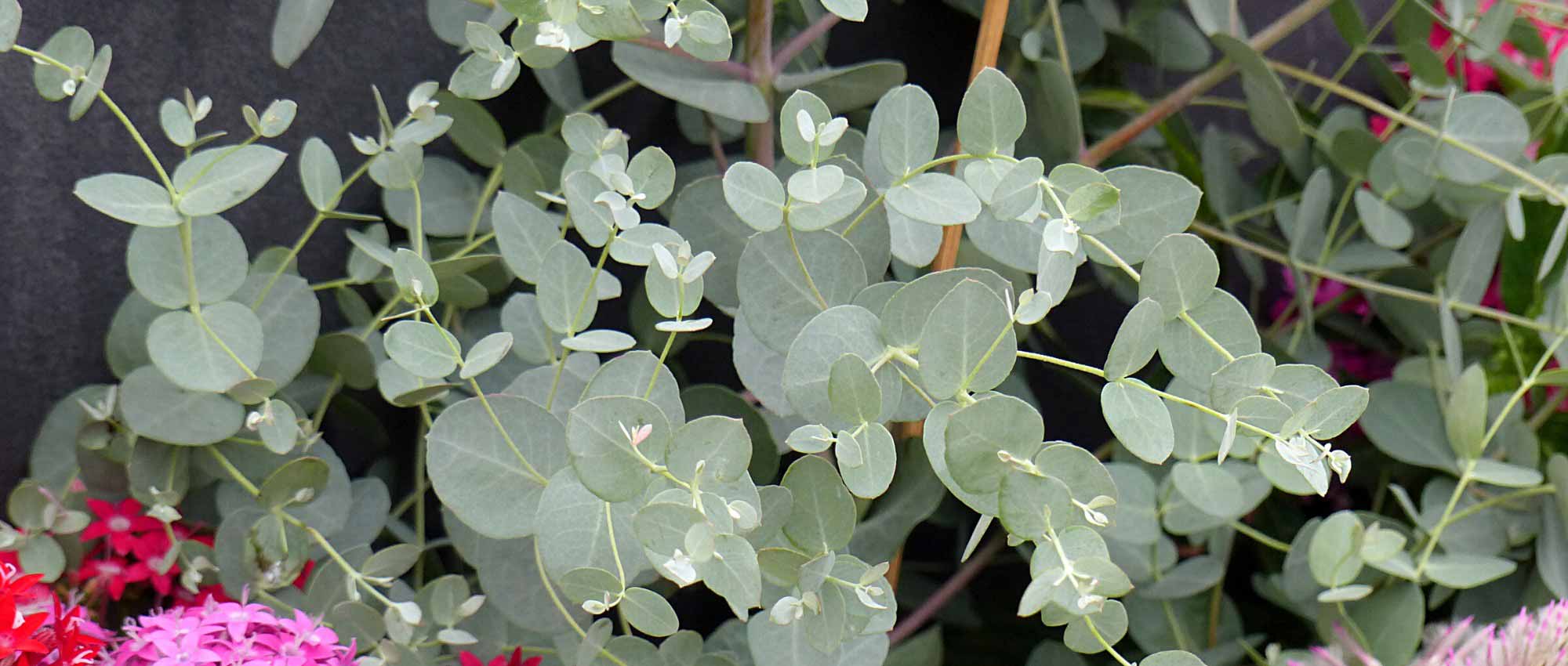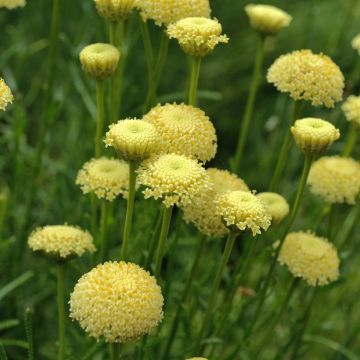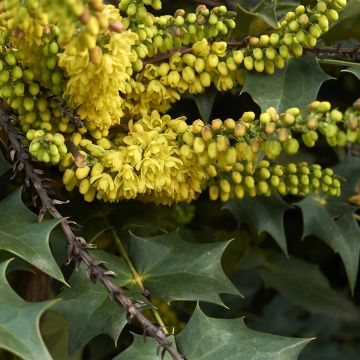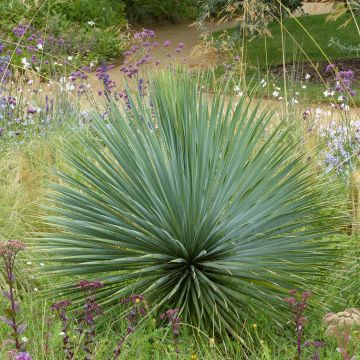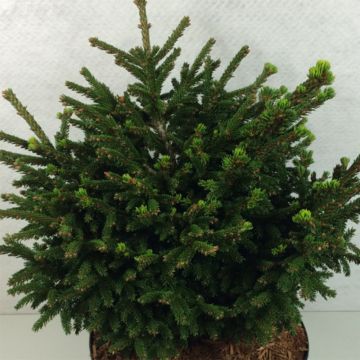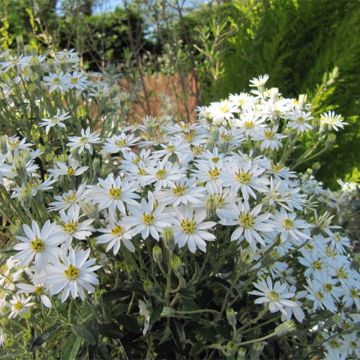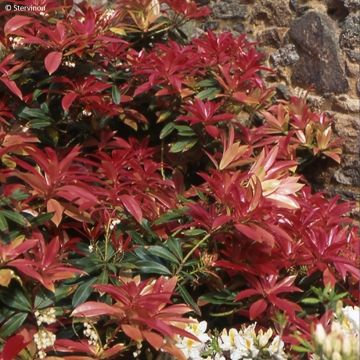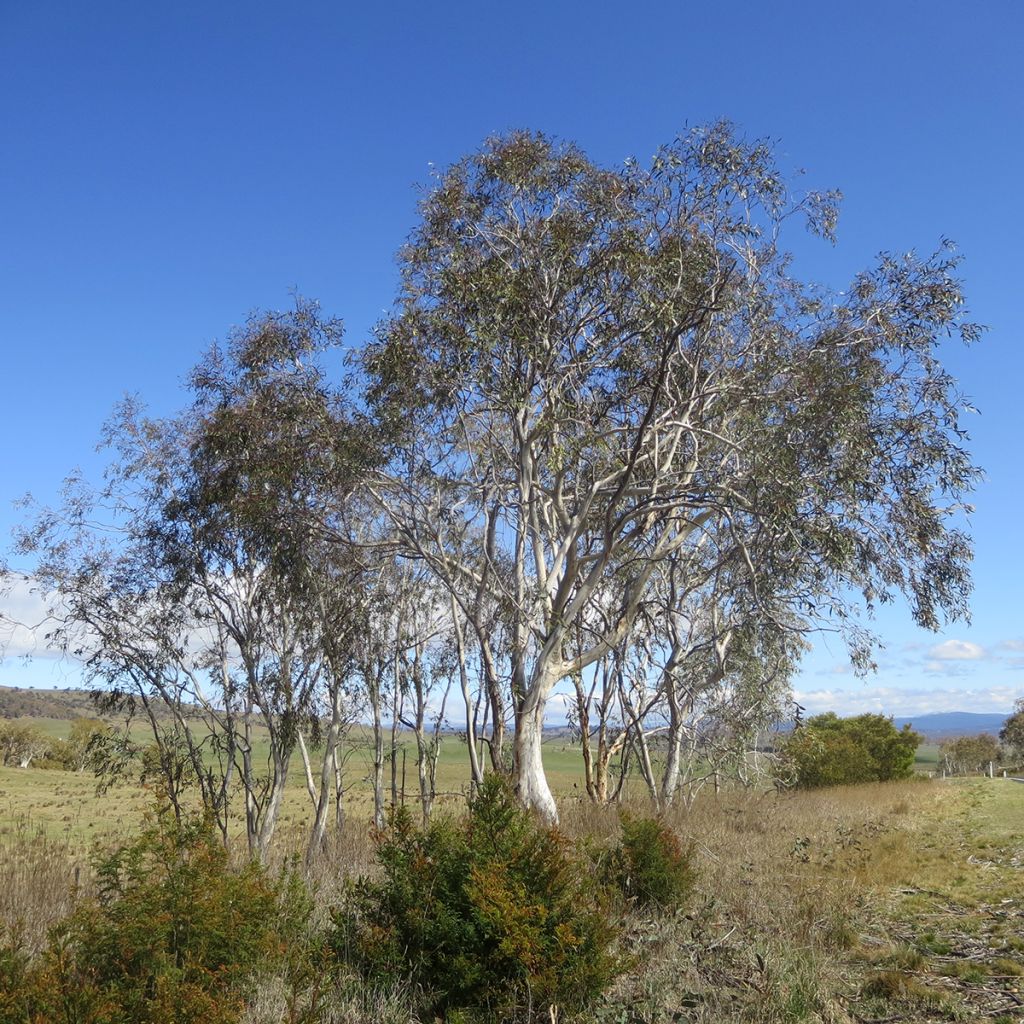

Eucalyptus lacrimans
Eucalyptus lacrimans
Eucalyptus lacrimans
Weeping alpine Snow Gum
Special offer!
Receive a €20 voucher for any order over €90 (excluding delivery costs, credit notes, and plastic-free options)!
1- Add your favorite plants to your cart.
2- Once you have reached €90, confirm your order (you can even choose the delivery date!).
3- As soon as your order is shipped, you will receive an email containing your voucher code, valid for 3 months (90 days).
Your voucher is unique and can only be used once, for any order with a minimum value of €20, excluding delivery costs.
Can be combined with other current offers, non-divisible and non-refundable.
Home or relay delivery (depending on size and destination)
Schedule delivery date,
and select date in basket
This plant carries a 24 months recovery warranty
More information
We guarantee the quality of our plants for a full growing cycle, and will replace at our expense any plant that fails to recover under normal climatic and planting conditions.
Would this plant suit my garden?
Set up your Plantfit profile →
Description
Eucalyptus lacrimans, rightly earns its name as the Weeping Snow Gum, due to its excellent hardiness (down to -15°C (5 °F)) and its tree-like stature with weeping branches. It is characterised by shiny, grey-green and trailing leaves on thin pendulous branches, supported by wood with smooth, white and grey bark. In spring, white flowers appear, attractive to bees, followed by cup-shaped fruits that persist for a long time on the branches. With slow growth and not tolerating dry conditions, its placement in the garden requires a suitable location, in moist soil and in the sun. With moderate size and a balanced silhouette, it fits perfectly into small and medium-sized gardens.
Eucalyptus lacrimans is an endemic species of the vast, more or less bare, grassy plains of the region around Adaminaby in the south-eastern part of New South Wales (Australia). In these areas, the soil is poorly drained and the winter conditions are cold, with frost, snow, frozen soil and thick fog. Belonging to the Myrtaceae family, it is commonly called Weeping Snow Gum. Eucalyptus lacrimans was originally considered a subspecies of Eucalyptus pauciflora and the two species are likely to hybridise in their natural environment. This species was clearly identified only in 1991. The term lacrimans comes from Latin, meaning "weeping", in reference to the pendulous branches.
This eucalyptus forms a moderately branching tree, with flexible and pendulous branches, giving it a weeping habit. In its natural habitat, it reaches a height of 10 to 15 m (32 ft 10 in to 49 ft 2 in) with a spread of 8 to 10 m (26 ft 2 in to 32 ft 10 in). In our climates, it does not exceed 6 to 8 m (19 ft 8 in to 26 ft 2 in) in height. With relatively slow growth, this species takes about 5 years to reach 2 m (6 ft 7 in) in height. It usually grows on a trunk starting from a lignotuber* located just below the soil surface. As a young plant, it bears reddish branches with juvenile foliage, consisting of ovate to lanceolate leaves 6 to 10 cm (2.4 to 3.9 in) long and 2 to 4 cm (0.8 to 1.6 in) wide, bluish green. Then as it develops, the leaves take on a lanceolate to crescent shape, 8 to 18 cm (3.1 to 7.1 in) long and 1.5 to 3 cm (0.6 to 1.2 in) wide, shiny, a pretty water green. The leaves are slightly aromatic and release a menthol scent when crushed, rich in eucalyptol. As it ages, the chalky white bark peels off in thin flakes, revealing a smooth underlayer, with cream or grey spots. Flowering occurs from spring to early summer in our climates, on plants a few years old. The inflorescence, borne on a short petiole, consists of many small white flowers gathered in a tight bouquet, delicately perfumed and very attractive to bees. After flowering, the fruits, called "gumnuts", appear in the form of a woody, globular, truncate capsule, attached to the branch by a short petiole. In a beautiful whitish-grey colour, they remain attached to the stem for a long time.
This eucalyptus has a *lignotuber, consisting of a starch-rich swelling that forms on the roots just below the soil surface. This organ allows it to regrow from the stump in case of hard frost or fire. But be careful, this variety does not respond well to coppicing or severe pruning.
The Weeping Snow Gum finds its place in the garden, planted as a specimen in a clear space to appreciate the beauty of its weeping habit, or in a group to highlight its foliage and the astonishing colour of its wood. This attractive and robust tree brings a somewhat unusual touch to a wide range of situations, including in cold and wet regions. While it copes well with cold and snow, in poor, wet, even clayey soils, it dislikes dry conditions and hot, dry summers.
Eucalyptus lacrimans in pictures
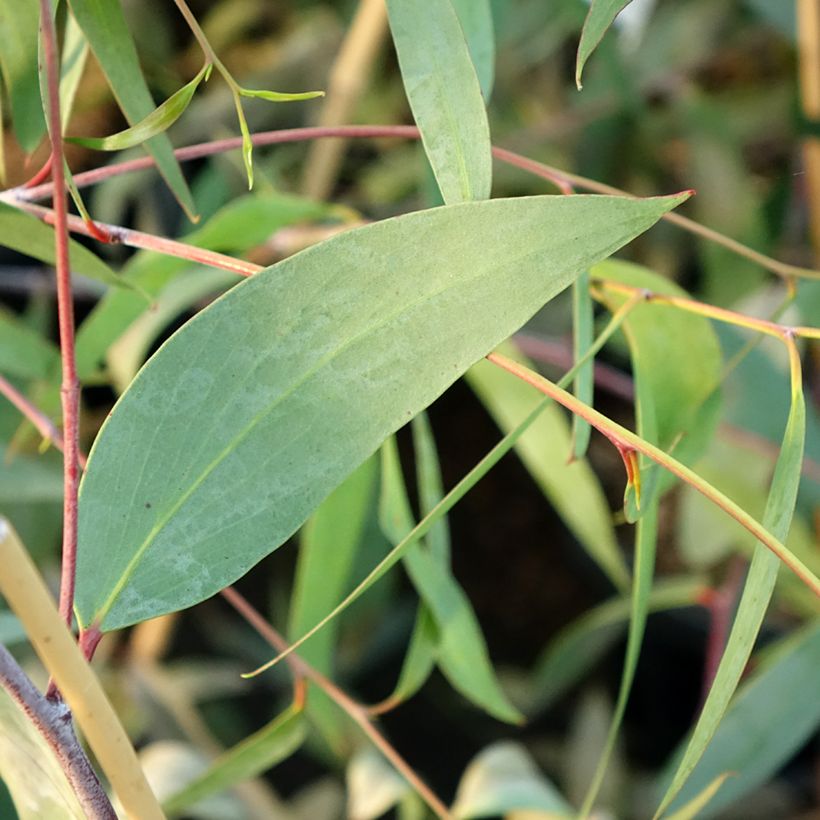

Plant habit
Flowering
Foliage
Botanical data
Eucalyptus
lacrimans
Myrtaceae
Weeping alpine Snow Gum
Australia
Other Eucalyptus
View all →Planting and care
Eucalyptus lacrimans is best planted at the beginning of spring in cold regions, at the beginning of autumn in a dry and hot climate. Plant in well-prepared soil, not too dry to moist, in a very sunny situation. Clay or silty soils, even slightly chalky, are well tolerated. A well-established subject is hardy down to -15 °C in these conditions and does not mind snow. Young plants are more sensitive to severe frosts, especially if the frost sets in for several days and the soil is damp. In most regions, you can plant it in the open ground, ensuring good drainage with coarse sand, pozzolan or non-limestone gravel. Then let nature take its course, the growth is quite rapid.
For the first two years, continuous watering is necessary, then the bush can completely do without watering in the summer. Fertiliser is not recommended. Pruning is not necessary, and even discouraged, to let the unique habit of this superb eucalyptus express itself. However, it is tolerated after flowering or at the end of summer.
Gum trees are useful for drying out damp land, as they are large consumers of water even in winter. However, they become quite resistant to drought once well established (more or less depending on the species and varieties).
Young subjects take root most easily in the open ground. The deep root system of the Eucalyptus does not like to be disturbed. Choose its location carefully, which will be final.
Mountain species are useful for their hardiness, but they dislike heatwaves and dry land.
Planting period
Intended location
Care
Planting & care advice
This item has not been reviewed yet - be the first to leave a review about it.
Similar products
Haven't found what you were looking for?
Hardiness is the lowest winter temperature a plant can endure without suffering serious damage or even dying. However, hardiness is affected by location (a sheltered area, such as a patio), protection (winter cover) and soil type (hardiness is improved by well-drained soil).

Photo Sharing Terms & Conditions
In order to encourage gardeners to interact and share their experiences, Promesse de fleurs offers various media enabling content to be uploaded onto its Site - in particular via the ‘Photo sharing’ module.
The User agrees to refrain from:
- Posting any content that is illegal, prejudicial, insulting, racist, inciteful to hatred, revisionist, contrary to public decency, that infringes on privacy or on the privacy rights of third parties, in particular the publicity rights of persons and goods, intellectual property rights, or the right to privacy.
- Submitting content on behalf of a third party;
- Impersonate the identity of a third party and/or publish any personal information about a third party;
In general, the User undertakes to refrain from any unethical behaviour.
All Content (in particular text, comments, files, images, photos, videos, creative works, etc.), which may be subject to property or intellectual property rights, image or other private rights, shall remain the property of the User, subject to the limited rights granted by the terms of the licence granted by Promesse de fleurs as stated below. Users are at liberty to publish or not to publish such Content on the Site, notably via the ‘Photo Sharing’ facility, and accept that this Content shall be made public and freely accessible, notably on the Internet.
Users further acknowledge, undertake to have ,and guarantee that they hold all necessary rights and permissions to publish such material on the Site, in particular with regard to the legislation in force pertaining to any privacy, property, intellectual property, image, or contractual rights, or rights of any other nature. By publishing such Content on the Site, Users acknowledge accepting full liability as publishers of the Content within the meaning of the law, and grant Promesse de fleurs, free of charge, an inclusive, worldwide licence for the said Content for the entire duration of its publication, including all reproduction, representation, up/downloading, displaying, performing, transmission, and storage rights.
Users also grant permission for their name to be linked to the Content and accept that this link may not always be made available.
By engaging in posting material, Users consent to their Content becoming automatically accessible on the Internet, in particular on other sites and/or blogs and/or web pages of the Promesse de fleurs site, including in particular social pages and the Promesse de fleurs catalogue.
Users may secure the removal of entrusted content free of charge by issuing a simple request via our contact form.
The flowering period indicated on our website applies to countries and regions located in USDA zone 8 (France, the United Kingdom, Ireland, the Netherlands, etc.)
It will vary according to where you live:
- In zones 9 to 10 (Italy, Spain, Greece, etc.), flowering will occur about 2 to 4 weeks earlier.
- In zones 6 to 7 (Germany, Poland, Slovenia, and lower mountainous regions), flowering will be delayed by 2 to 3 weeks.
- In zone 5 (Central Europe, Scandinavia), blooming will be delayed by 3 to 5 weeks.
In temperate climates, pruning of spring-flowering shrubs (forsythia, spireas, etc.) should be done just after flowering.
Pruning of summer-flowering shrubs (Indian Lilac, Perovskia, etc.) can be done in winter or spring.
In cold regions as well as with frost-sensitive plants, avoid pruning too early when severe frosts may still occur.
The planting period indicated on our website applies to countries and regions located in USDA zone 8 (France, United Kingdom, Ireland, Netherlands).
It will vary according to where you live:
- In Mediterranean zones (Marseille, Madrid, Milan, etc.), autumn and winter are the best planting periods.
- In continental zones (Strasbourg, Munich, Vienna, etc.), delay planting by 2 to 3 weeks in spring and bring it forward by 2 to 4 weeks in autumn.
- In mountainous regions (the Alps, Pyrenees, Carpathians, etc.), it is best to plant in late spring (May-June) or late summer (August-September).
The harvesting period indicated on our website applies to countries and regions in USDA zone 8 (France, England, Ireland, the Netherlands).
In colder areas (Scandinavia, Poland, Austria...) fruit and vegetable harvests are likely to be delayed by 3-4 weeks.
In warmer areas (Italy, Spain, Greece, etc.), harvesting will probably take place earlier, depending on weather conditions.
The sowing periods indicated on our website apply to countries and regions within USDA Zone 8 (France, UK, Ireland, Netherlands).
In colder areas (Scandinavia, Poland, Austria...), delay any outdoor sowing by 3-4 weeks, or sow under glass.
In warmer climes (Italy, Spain, Greece, etc.), bring outdoor sowing forward by a few weeks.






























